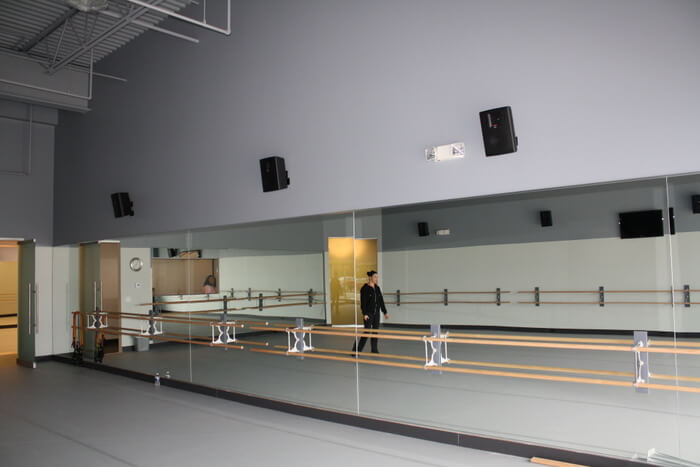Exploring the Evolution of Electronic Display Tech and Its Impact on Installation Methods
Wiki Article
Digital display solutions has arrived a long way since its beginning. Initially, displays were fixed and required manual updates, which could be time-consuming and challenging. With the progress of technology, digital signage has developed into a dynamic and interactive medium. Currently, screens can show lively images, videos, and real-time data, making them more engaging for audiences. This transformation has not only changed how information is displayed but has also transformed the way businesses and organizations interact with their audiences.

One of the key developments in digital signage solutions is the use of high-definition screens. These screens offer improved clarity and color accuracy, which enhances the overall observing experience. Additionally, the advent of light-emitting diode and LCD systems has made it feasible to create thinner and more lightweight displays. This has enabled for more flexible setup options, such as surface installation, suspending, or even freestanding screens. As a result, companies can select the most suitable setup that fits their space and audience needs, making digital signage a flexible solution for different environments.
Another notable advancement digital signage for corporate branding is the integration of media management systems (CMS). These platforms allow operators to quickly create, plan, and oversee content across multiple screens from a single interface. This capability is particularly advantageous for businesses with several locations, as it ensures uniform messaging and identity. Furthermore, many CMS systems offer web-based options, enabling off-site control and real-time modifications. This means that businesses can promptly respond to changes in data or offers, maintaining their material fresh and pertinent.
The effect of digital signage technology on setup methods cannot be ignored. With the rise of interactive displays and touchscreens, setup has become more complicated. Technicians must now consider elements such as cabling, connectivity, and customer engagement. Additionally, the requirement for proper mounting and positioning is crucial to ensure maximum sightlines and accessibility. As a consequence, expert setup solutions have become increasingly important, as they offer knowledge in both technology and aesthetics to create effective digital signage systems.
In summary, the evolution of digital signage solutions has profoundly influenced setup methods and the way information is communicated. With advancements in screen technology, media management platforms, and installation methods, businesses can develop engaging and effective signage that captures the focus of their audience. As digital signage keeps to expand and evolve, it will certainly play a crucial role in shaping the prospects of interaction in multiple industries.